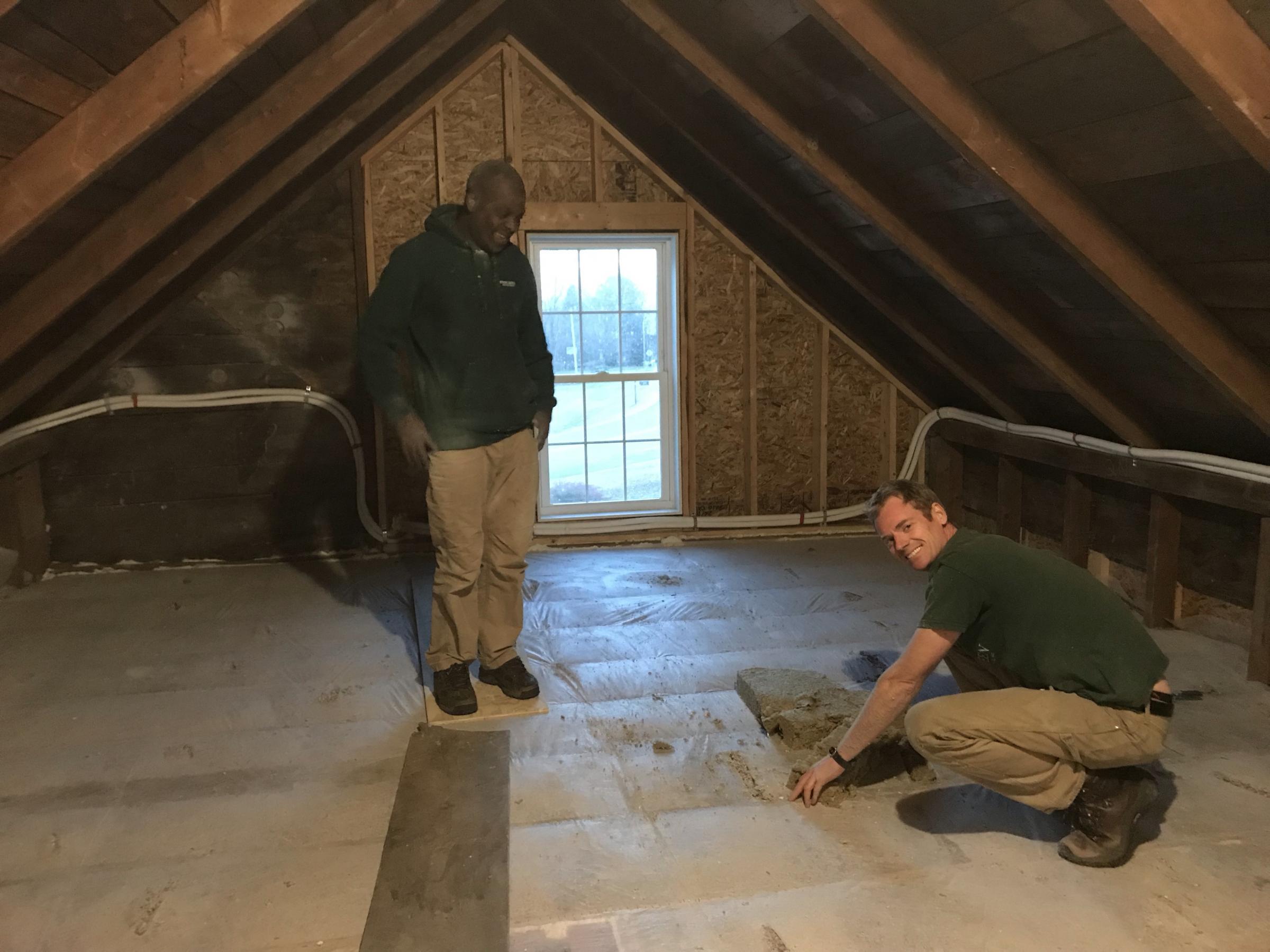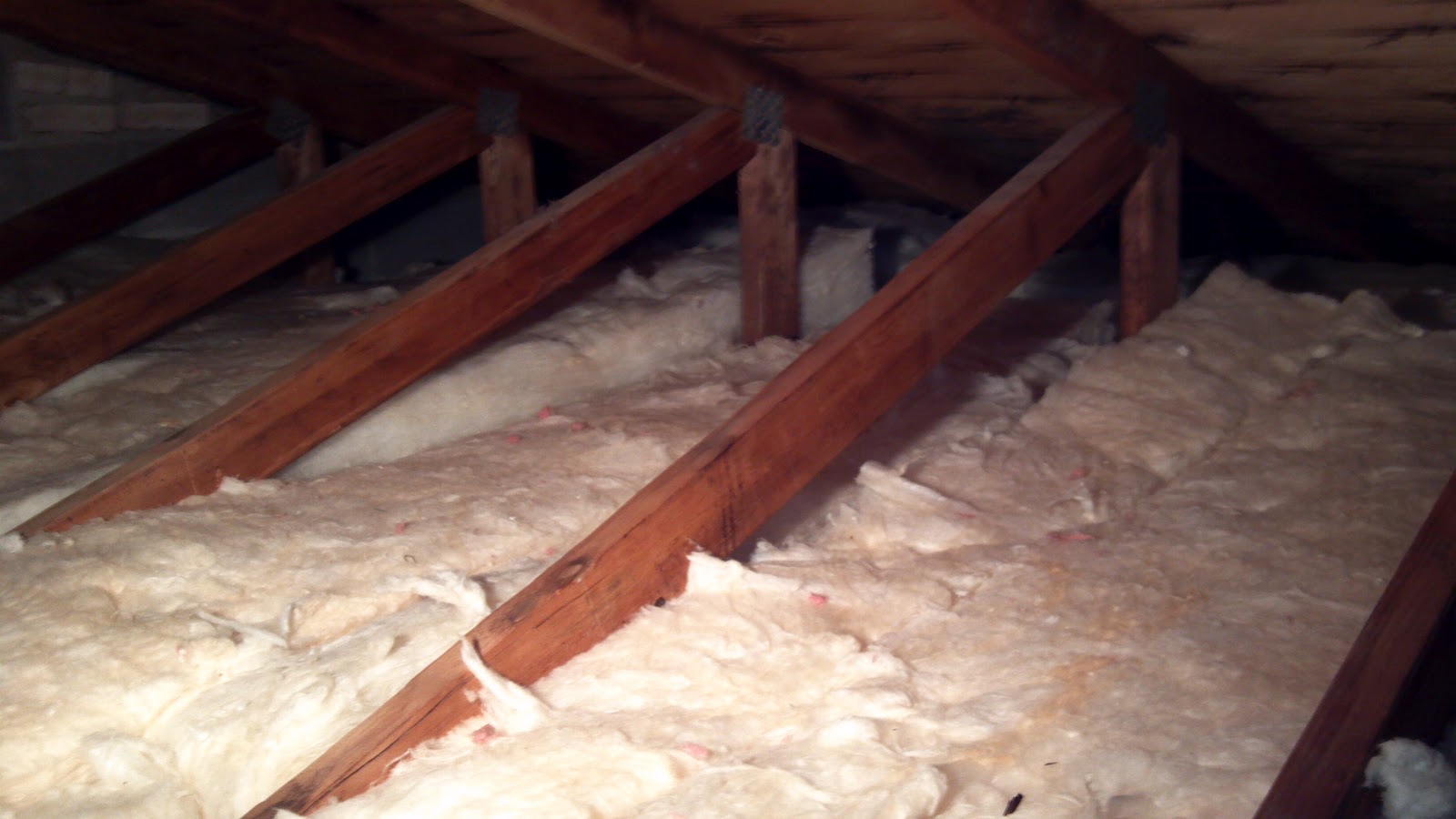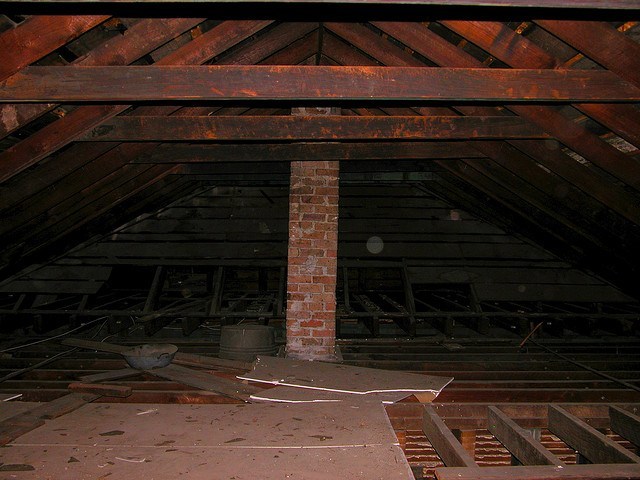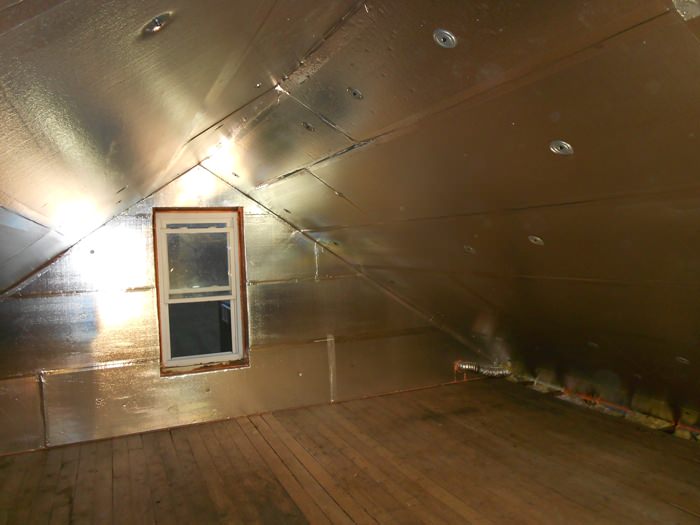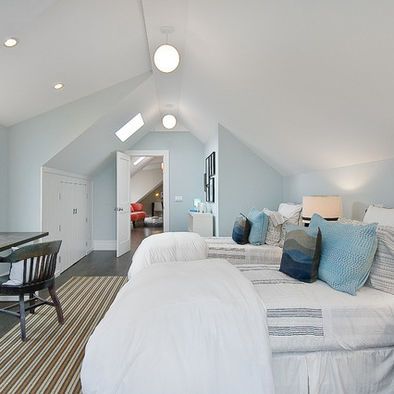Useable Space Attic Insulation Thickness

Find your zone on the map and then use the chart to determine the level of insulation you need to properly insulate your attic walls floors and crawlspaces.
Useable space attic insulation thickness. It comes in standard size 4 8 sheets and smaller sizes in many different thicknesses from 1 4 inch to 2 inches. See the department of energy s doe ranges for recommended levels of insulation below. R value is a measure of insulation s ability to resist heat traveling through it. When blown into attics and wall spaces loose fill fiberglass offers an average r 2 5 thermal value per inch the higher the number the greater the insulating effect.
You d need a thickness of. They come with or without a paper or foil facing that acts as a vapor barrier. R 38 is the industry standard and the minimum thickness for r 38 is 12 inches. Having the correct amount of attic insulation can help you maintain a comfortable temperature throughout your home and help save money on your energy bills plus prevent major issues like ice dams in the winter.
Standard joist spacing for the installation of attic flooring materials is 16 inches on center oc meaning the distance from the center of one joist to the center of the next joist is 16 inches. Typical recommendations for exterior walls are r 13 to r 23 while r 30 r 38 and r 49 are common for ceilings and attic spaces. Measure the area needing insulation. The higher the r value the better the thermal performance of the insulation.
For ceilings with an attic space above section 402 2 1 allows the reduction in r value for your zone from r 49 to r 38 wherever the full height of uncompressed r 38 insulation extends over the wall top plate at the eaves. Measure the length and width of the area you need to insulate. The table below shows what levels of insulation are cost effective for different climates and locations in the home. If your current insulation is only 5 inches deep you ll need to add seven inches of insulation to achieve the 12 inch r 38 rating.
Insulation level are specified by r value. Achieving greater r values in attics the higher the r value the better the thermal performance of the insulation. Foam board insulation is easy to use and is a great diy way to add some insulation.









